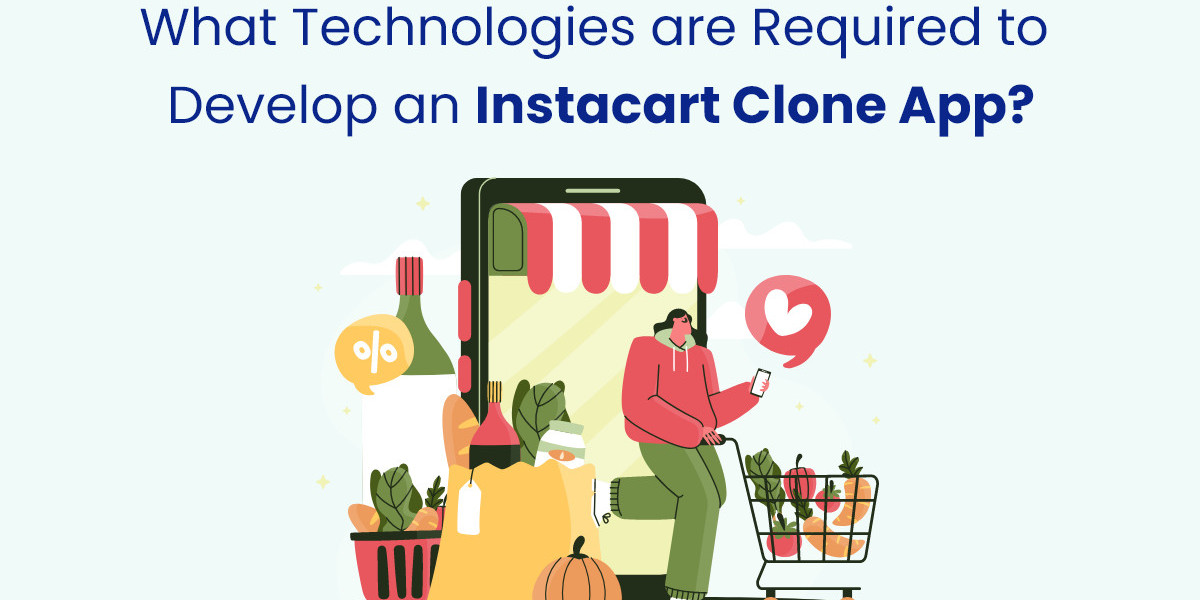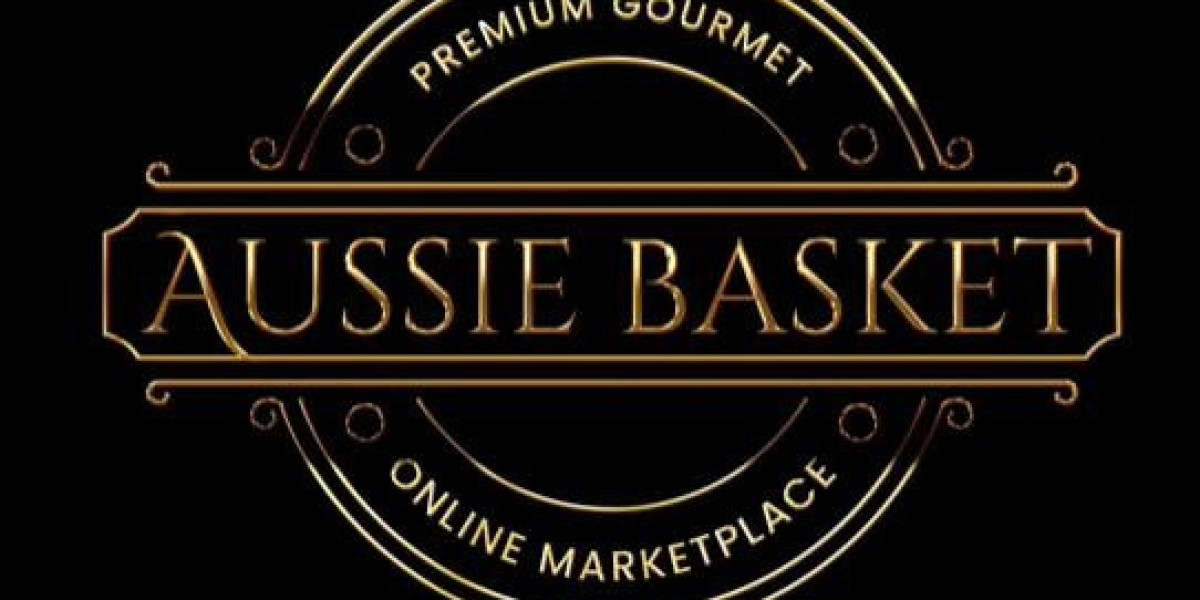Creating an Instacart clone app requires a robust tech stack comprising various technologies to ensure seamless functionality, user experience, and scalability. From frontend development to backend infrastructure, each component plays a crucial role in delivering a reliable and feature-rich app that meets the demands of modern consumers. In this article, we'll explore the essential technologies required to develop an Instacart clone app.
1. Frontend Development
a. Programming Languages
Frontend development involves creating the user interface (UI) and user experience (UX) of the app. JavaScript, HTML, and CSS are the primary programming languages used for frontend development. Frameworks like React.js, AngularJS, or Vue.js are commonly used to build dynamic and responsive UIs for Instacart clone apps.
b. Mobile Development Platforms
To develop a mobile app for iOS and Android platforms, developers can use platform-specific languages and frameworks such as Swift or Objective-C for iOS and Java or Kotlin for Android. Alternatively, cross-platform development tools like React Native or Flutter can be utilized to build a single codebase that runs on multiple platforms, reducing development time and effort.
c. UI/UX Design Tools
Design tools like Adobe XD, Sketch, or Figma are essential for creating wireframes, prototypes, and mockups of the app's UI and UX. These tools help designers collaborate with developers to ensure the visual design and user flow align with the app's requirements and objectives.
2. Backend Development
a. Server-Side Programming Languages
Backend development involves building the server-side logic, database management, and API integration for the app. Popular programming languages for backend development include Node.js, Python, Ruby on Rails, or Java. Choose a language and framework that aligns with your team's expertise and project requirements.
b. Database Management Systems (DBMS)
Selecting the right database management system is crucial for storing and managing data efficiently. Relational databases like MySQL, PostgreSQL, or SQLite are commonly used for structured data storage, while NoSQL databases like MongoDB or Firebase are preferred for handling unstructured or semi-structured data.
c. API Integration
Integrating with third-party APIs is essential for accessing external services and functionalities, such as payment gateways, geolocation services, or push notification services. APIs provided by payment processors like Stripe or PayPal enable secure payment transactions, while geolocation APIs like Google Maps facilitate real-time location tracking and route optimization for deliveries.
3. Cloud Infrastructure
a. Cloud Computing Platforms
Cloud computing platforms like Amazon Web Services (AWS), Microsoft Azure, or Google Cloud Platform (GCP) provide scalable infrastructure and services for hosting, deploying, and managing cloud-based applications. Utilize cloud services such as compute instances, databases, storage, and networking to build a scalable and resilient backend infrastructure for your Instacart clone app.
b. Content Delivery Networks (CDN)
Content delivery networks help optimize the delivery of static and dynamic content to users across different geographic regions. CDN providers like Cloudflare, Akamai, or Amazon CloudFront cache content closer to users, reducing latency and improving the app's performance and reliability.
4. Real-Time Communication
a. WebSocket Protocol
Implementing real-time communication features like chat or notifications requires support for WebSocket protocol, which enables bidirectional communication between clients and servers over a single, long-lived connection. WebSocket libraries and frameworks like Socket.IO or SignalR facilitate real-time messaging and updates in Instacart clone apps.
b. Push Notification Services
Integrate push notification services like Firebase Cloud Messaging (FCM) or Apple Push Notification Service (APNs) to send timely and relevant notifications to users' devices. Push notifications keep users informed about order updates, promotions, or important announcements, enhancing engagement and retention.
5. Security and Compliance
a. Encryption and Authentication
Implement robust encryption mechanisms such as SSL/TLS to secure data transmission between clients and servers. Use authentication protocols like OAuth or JWT to authenticate users and authorize access to protected resources, ensuring data privacy and security.
b. Compliance with Regulations
Adhere to regulatory requirements and industry standards for data privacy and security, such as General Data Protection Regulation (GDPR) or Payment Card Industry Data Security Standard (PCI DSS). Implement measures to protect sensitive user information, handle payment transactions securely, and maintain compliance with applicable laws and regulations.
In conclusion, developing an Instacart clone app requires a comprehensive tech stack comprising frontend and backend technologies, cloud infrastructure, real-time communication capabilities, and security measures. By leveraging the right technologies and frameworks, you can build a scalable, reliable, and feature-rich app that delivers a seamless shopping experience to users and drives business growth in the competitive on-demand grocery delivery market.








